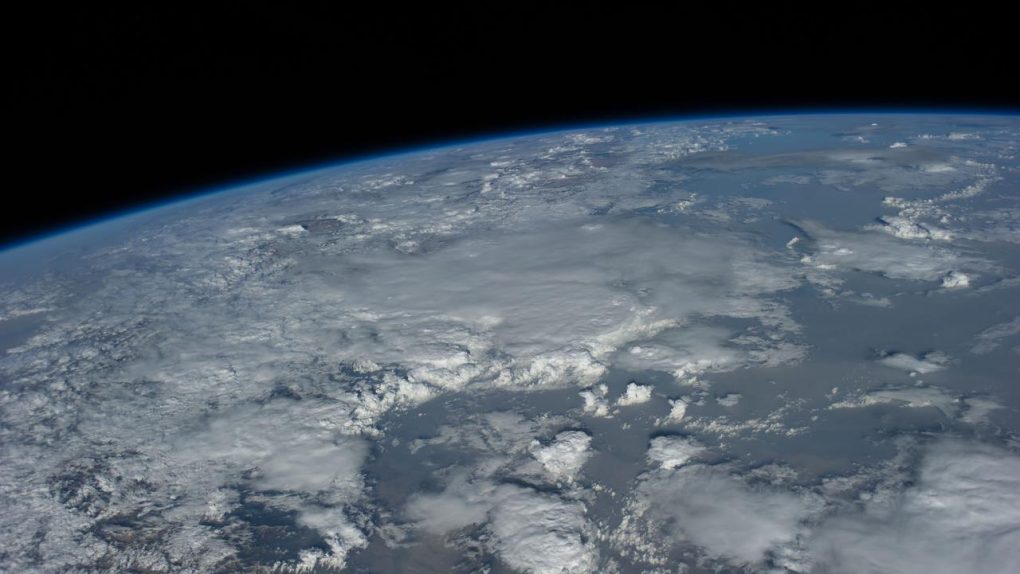- The Earth as we see it today is the result of billions of years of changes on the surface of the planet.
- The movement of tectonic plates determines the arrangement of the continents, and they’re constantly in motion.
- A new video combines a wealth of data and condenses it into a 40-second animation showing the drift of Earth’s continents over the past billion years.
If you take a glance at a map or globe today, what you’re looking at is really just a recent development. The Earth’s continents are constantly moving thanks to the shift of the tectonic plates that make up the planet’s crust. If you rewind time by millions of years you’d see a much different picture, and if you take the clock back by a billion years, the arrangement of the landmasses on our planet would look totally unrecognizable.
Researchers studying how the tectonic plates move today have been able to look back into the distant past, and by identifying similar types and ages of rocks on different continents, they’ve discovered what continents used to be connected. Now, along with a new study published in Earth-Science Reviews, researchers have created a brief video cramming a billion years of Earth’s evolution into just 40 seconds.
Understanding the makeup of the planet a few million years in the past is one thing, but looking back hundreds of millions or a billion years is another story. It’s incredibly difficult to paint a picture of what the planet looked like at distant points in history due to the amount of data that has to be collected in order to connect the dots and make an educated guess as to what landmasses were once touching.
“Recent progress in plate tectonic reconstructions has seen models move beyond the classical idea of continental drift by attempting to reconstruct the full evolving configuration of tectonic plates and plate boundaries,” the researchers write. “A particular problem for the Neoproterozoic and Cambrian is that many existing interpretations of geological and palaeomagnetic data have remained disconnected from younger, better-constrained periods in Earth history.”
Put simply, different models of Earth’s past don’t always agree, and finding a middle ground that makes sense in light of all the concrete data can be quite a challenge. In order to generate a billion-year timelapse of Earth’s plate movements, the researchers cherry-picked models of different periods of time that made sense when pieced together. The result is what the team calls the first “continuous full-plate model” spanning a full billion years.
“For the first time a complete model of tectonics has been built, including all the boundaries,” co-author Dr. Michael Tetley said in a statement. “On a human timescale, things move in centimeters per year, but as we can see from the animation, the continents have been everywhere in time. A place like Antarctica that we see as a cold, icy inhospitable place today, actually was once quite a nice holiday destination at the equator.”
The team notes that further regional refinements will be needed, but they believe that this billion-year model is a good foundation for further research.








